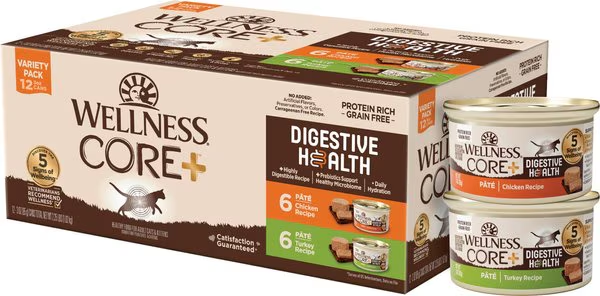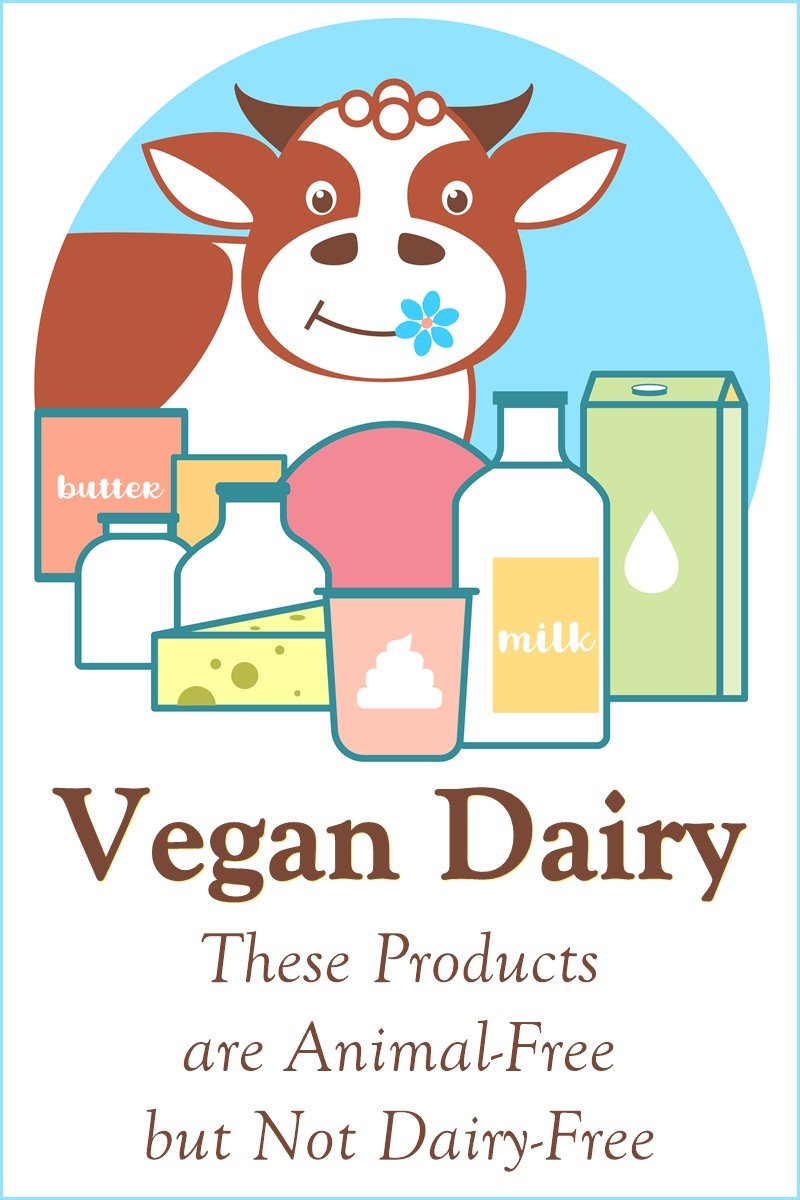Vegan Yogurt: The Creamy Revolution in Plant-Based Living
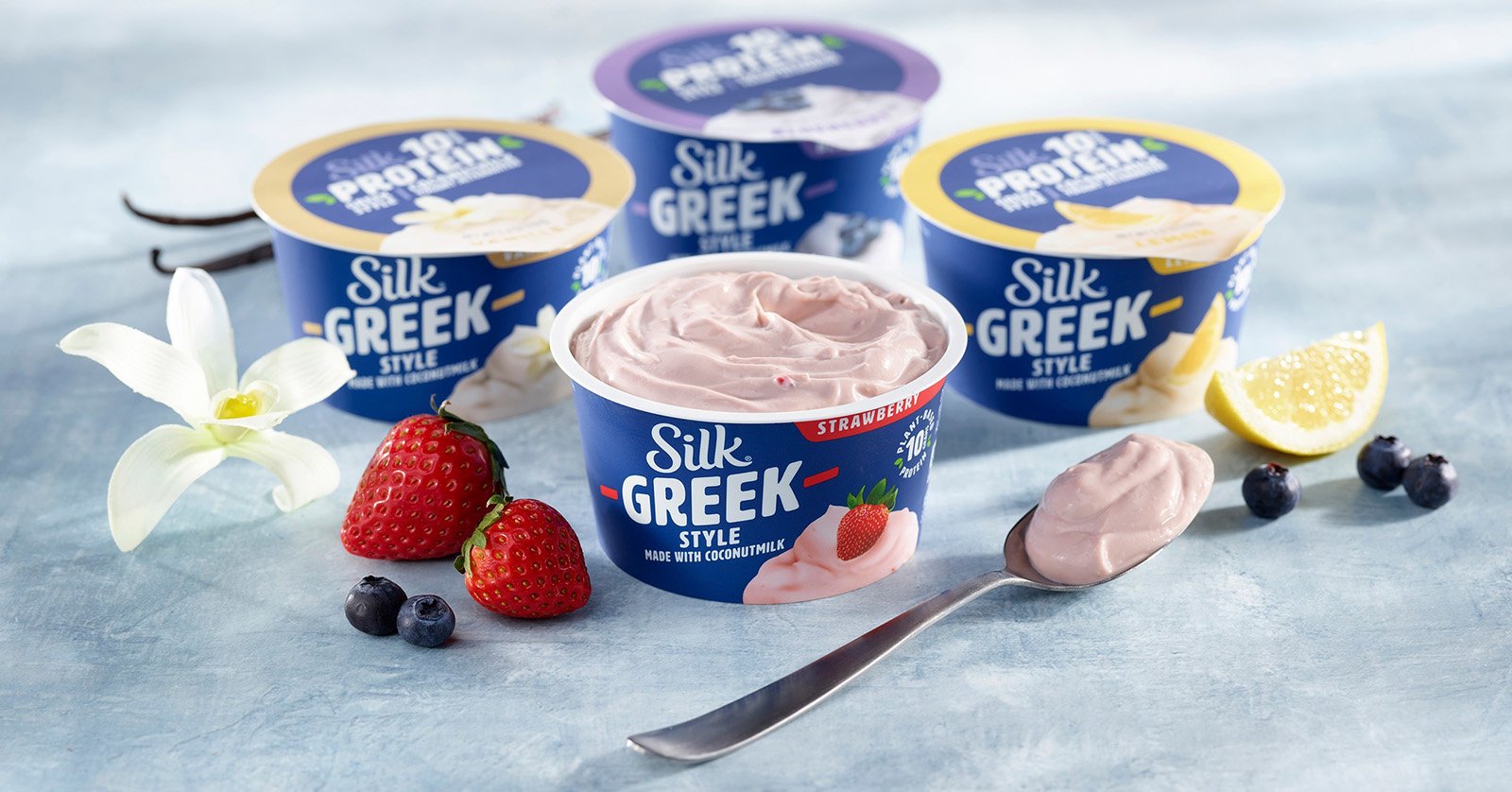
Introduction
When people think of yogurt, dairy often springs to mind. But for anyone navigating vegan, lactose-free, or animal-friendly diets, vegan yogurt has become not just an alternative—but a go-to. Boasting live cultures, creamy textures, and a wide array of bases—from almonds to oats to cashews—vegan yogurt offers health, sustainability, and innovation all in one spoonful. In this detailed guide, we’ll explore what makes vegan yogurt so special, how to choose the best options for your needs, standout brands you should know, creative usages, and future trends leading the dairy-free movement forward.
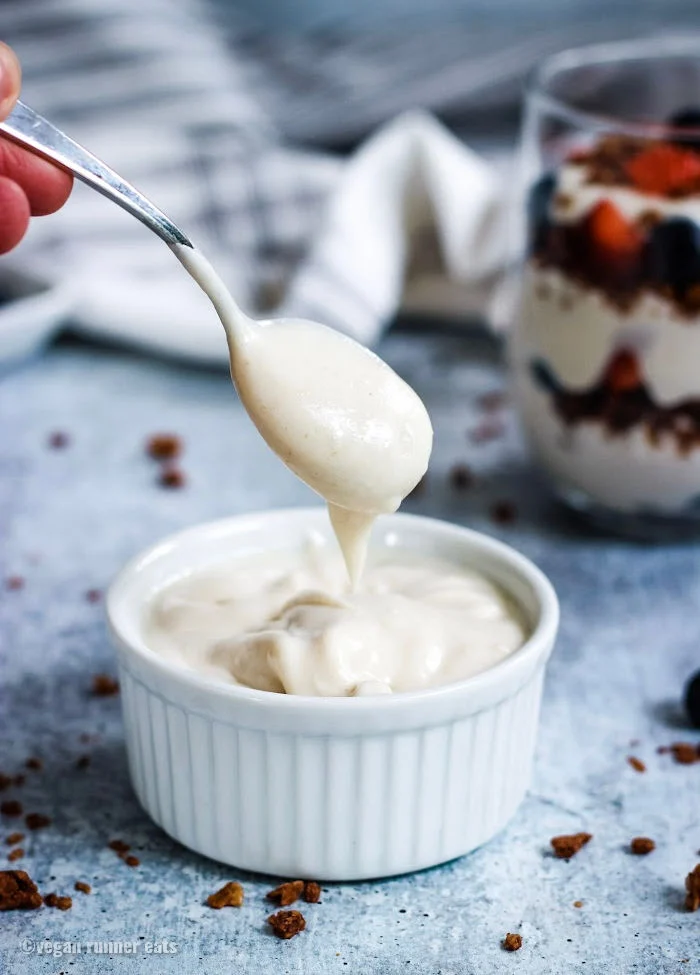
1. What Is Vegan Yogurt — and Why It’s Gaining Momentum?
At its heart, vegan yogurt is a dairy-free, fermented treat crafted from plant-based milks—like almond, oat, coconut, cashew, soy, or innovative blends including chickpea or pili nut. Through maturation, live and dynamic societies make tang, probiotics, and that recognizable rich consistency.
Several variables fuel its rise in ubiquity:
- Health and dietary needs: As dairy intolerance, veganism, and health consciousness grow, vegan yogurt offers a tasty, accessible alternative.
- Environmental concerns: Plant-based yogurts often leave a smaller carbon footprint. For instance, oat-based products like Oatly’s “Oatgurt” produce roughly one-third less CO₂ compared to dairy yogurt VegOut.
- Consumer values: Many brands lean into organic, fair-trade, and non-GMO narratives that resonate with mindful eaters MDPIPMC.
2. Nutrition Profile: Strengths and Trade-offs
Nutrient Highlights
- Fewer sugars and sodium, more fiber: Studies consistently show that plant-based yogurts have significantly less sugar and sodium, while offering more fiber than dairy options HealthVerywell Health.
- Almond and oat leads nutrient density: Among non-dairy types, almond-based yogurts rank highest in nutrient density; oat-based ones are also strong performers HealthVerywell Health.
- Moderate protein: Legume-based options (soy, pea) typically provide higher protein—often around 5–10 g per serving; others average lower amounts MDPIPMC.
Nutrient Gaps to Watch
- Fortification varies: Less than half of vegan yogurts surveyed provide calcium at ≥10% DV; only ~20% are fortified with vitamin D or B12 MDPIPMC.
- Label scrutiny is key: Given the patchwork of nutrient profiles, reading labels for fortification, sugar level, and protein content matters more than ever.
Probiotic Power & Prebiotic Support
- Most vegan yogurts contain live cultures, akin to dairy-based fermentations (e.g., Lactobacillus acidophilus, Bifidobacterium species), supporting gut health PMC.
- Added thickeners like inulin (from chicory or agave) act as prebiotics—feeding gut microbes for enhanced digestion and immunity PMC.
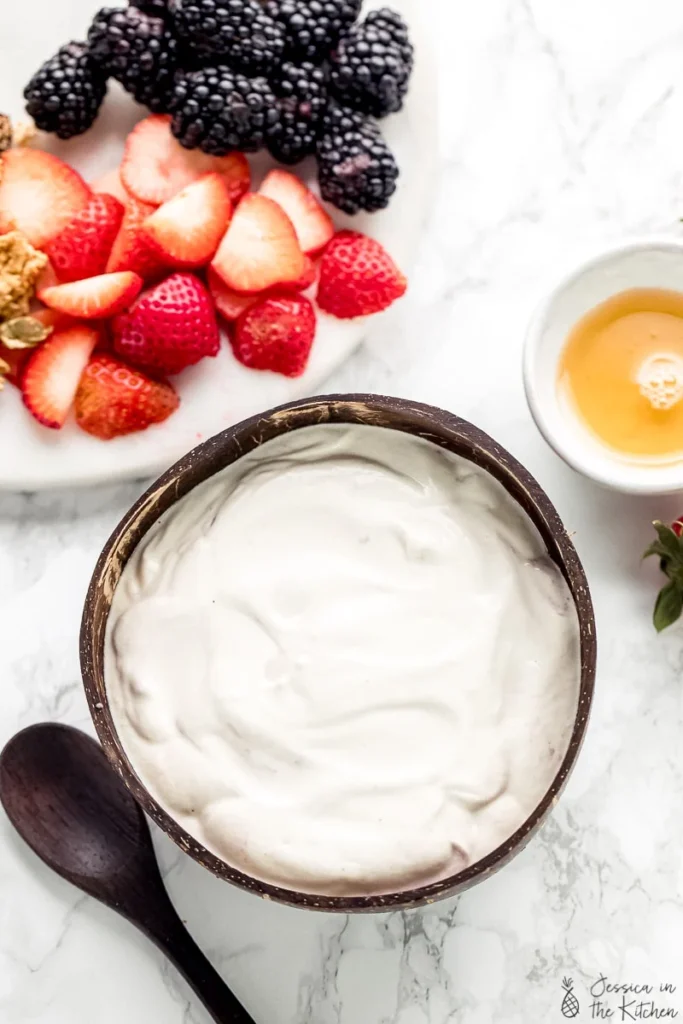
3. Standout Vegan Yogurt Brands You Should Try
Here are some of the most talked-about and widely available vegan yogurts that deliver unique benefits:
- Forager Project: Cashew-based, organic, with live cultures and moderate protein. Flavors include Vanilla, Peach, Unsweetened Plain; often favored in baking (runner-up for best non-dairy yogurt for cakes) World of VeganVegOutEpicurious.
- Oatly Oatgurt: Actually sweetened from oats, no included sugars, braced with B2, D2, B12, and lauded for clean fixings and fiber-rich oats HealthlineWikipediaVegOut.
- Kite Hill Almond Milk Yogurt: Smooth almond base, live cultures, higher protein (up to 10 g if choosing their Protein Almond line), available in unsweetened and flavored options HealthlineWorld of VeganBe Veganism.
- Lavva Pili Nut Yogurt: Unique base using pili nuts and cassava—zero added sugars, prebiotic-rich, extra creamy texture, niche but intriguing World of VeganHealthlineVegOut.
- So Delicious Coconut Milk: Rich coconut flavor, great for indulgence, especially in plain and flavored options—winner for best coconut milk yogurt in tastings World of VeganEatingWell.
- Additional noteworthy mentions:
- Ayo — natural almond-based with natural product and chicory; tall in protein and fiber VegOut.
- Culina, Le Fantastic, Cocojune, Siggi’s Plant-Based, Silk, Chobani, Nancy’s — each with inventive bases or artisanal offer
- PETAVegOut+1HealthlineShapeHappyCow.
- Coconut Cult — luxury vegan yogurt packed with probiotics (~50 billion CFUs/oz), beloved for gut and skin benefits, though premium-priced around $10–$39 for small jars New York Post.
4. How to Choose — Tips for Selecting the Right Vegan Yogurt
To pick a yogurt that works for your goals and taste:
| What Matters | What to Look For |
| Protein needs | Choose legume- or almond‑based options if you’re seeking ≥5 g per serving (e.g., Kite Hill Protein, Forager Project). |
| Fortification | Check for calcium, vitamin D, and B12—especially if dairy is out of your diet; oats, soy, and blended bases often fare better. |
| Sugar content | Opt for plain or “naturally sweetened” varieties (like Oatly) to avoid added sugars; flavored versions can contain 11–17 g added sugar HealthlineEatingWellShape. |
| Live cultures | For gut health, ensure your yogurt has “live and active cultures.” |
| Font & feel | For rich, dessert-like experiences, coconut or pili‑nut-based yogurts shine; for lighter, tangy profiles, try almond or oat bases. |
| Environmental impact | Oat-based has lower carbon footprint; brands with organic and fair-trade messaging may align better with sustainable values VegOutMDPI. |
5. Creative Ways to Enjoy Vegan Yogurt
- Breakfast bowls & parfaits: Layer with fruit, granola, seeds, or nut butter for a balanced breakfast.
- Savory dips and spreads: Use plain yogurt as a base for dressings or vegan tzatziki.
- Preparing substitute: Almond and cashew yogurts (like 365 Almond or Forager) make amazing dairy swaps in cakes or biscuits Epicurious.
- Smoothies and freezer treats: Blend with fruits for creamy smoothies or freeze into popsicles with berries.
- Marinades and sauces: Adds tang and moisture in vegan curries, dips, or baked tofu.
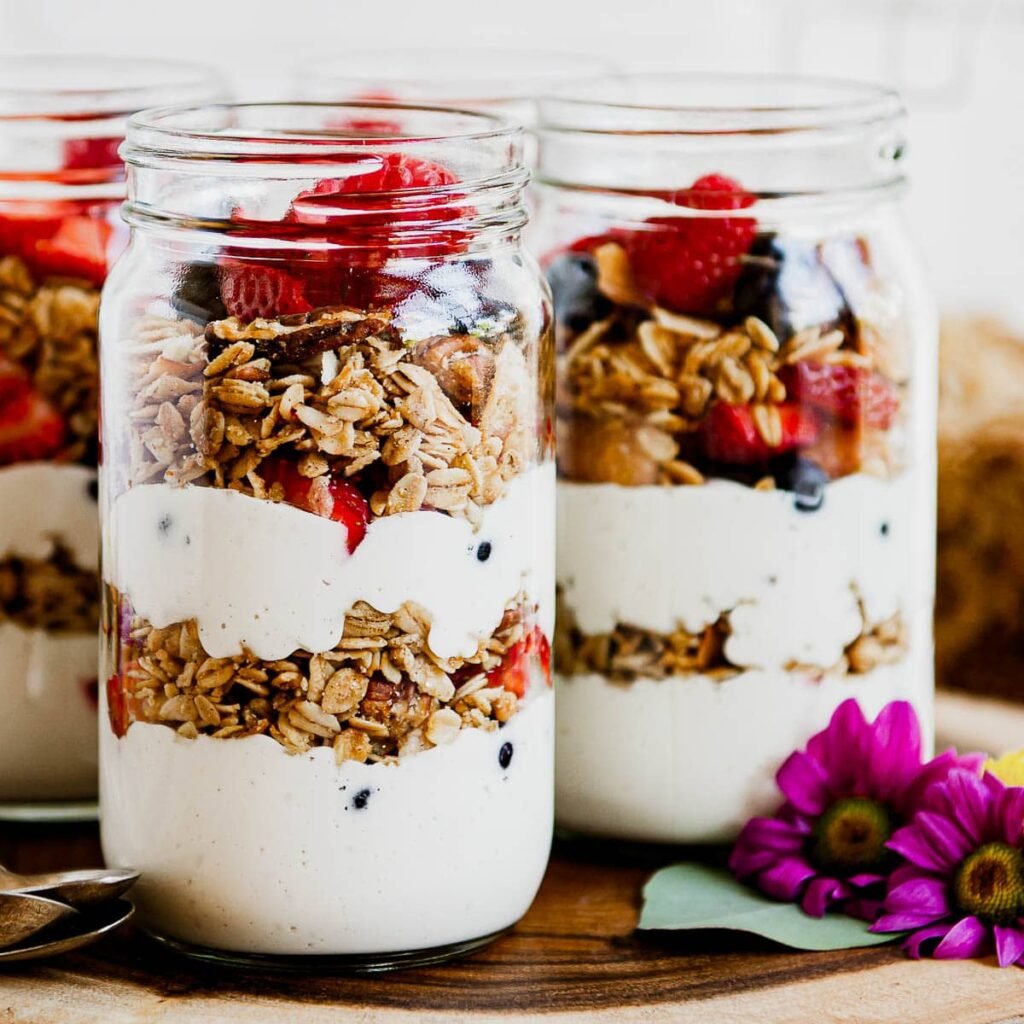
6. Industry Growth & Future Trends
- Rapid market expansion: The global plant-based yogurt market was valued at USD 1.6 billion in 2019, with projections of nearly 20% annual growth through 2027. In the US alone, the market is expected to expand from USD 400 million in 2020 to USD 1.3 billion by 2027 MDPIPMC.
- Ingredient innovations: Expect more unique bases—like hemp, flax, chickpea, or functional blends with added protein and prebiotics.
- Label transparency: Brands increasingly highlight environmental metrics, fortification levels, and clean ingredient sourcing to meet consumer demand VegOutMDPI.
Conclusion
Vegan yogurt is far more than a dairy substitute—it’s a place where health, innovation, and ethics converge. While each base and brand offers its own flavor and nutritional profile, options like Almond, Oat, Cashew, Pili Nut, and Coconut provide textures and benefits that rival—and sometimes outperform—the dairy standard. By staying savvy about protein, fortification, sugar, and probiotic content, you can ensure your favorite cup is as nutritious as it is delicious. Whether in parfaits, baked goods, or probiotic-rich snacks, vegan yogurt is reshaping how we think about dairy-free living—one creamy spoonful at a time.



